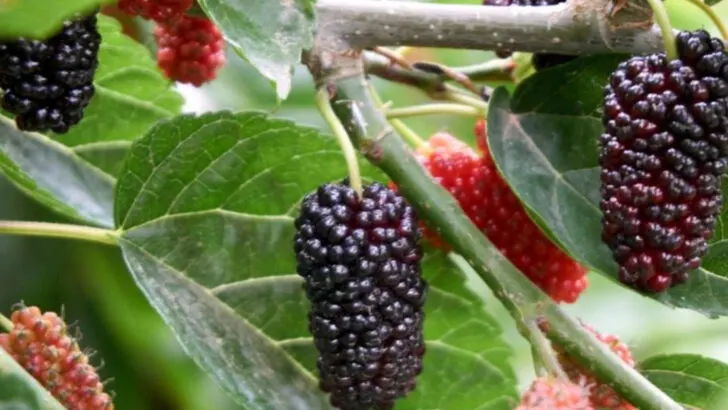Some fruit trees have a fascinating trait: they bloom with vibrant flowers before their leaves even appear. This early blooming isn’t just beautiful to watch—it actually plays a crucial role in their growth and fruit production. Understanding why these trees flower first can help you better care for them and enjoy a more bountiful harvest.
Blooming before the leaves emerge allows the flowers to get maximum sunlight and attract pollinators without any obstruction. This natural strategy increases the chances of successful pollination and fruit set. For gardeners, recognizing this pattern helps in timing care routines like pruning and fertilizing to support the tree’s natural cycle.
In this article, we’ll highlight 17 fruit trees known for this striking behavior and explain the benefits it brings to your garden. Whether you’re an experienced grower or a curious beginner, you’ll learn why these early bloomers deserve a prime spot in your orchard or backyard.
Apricot Tree
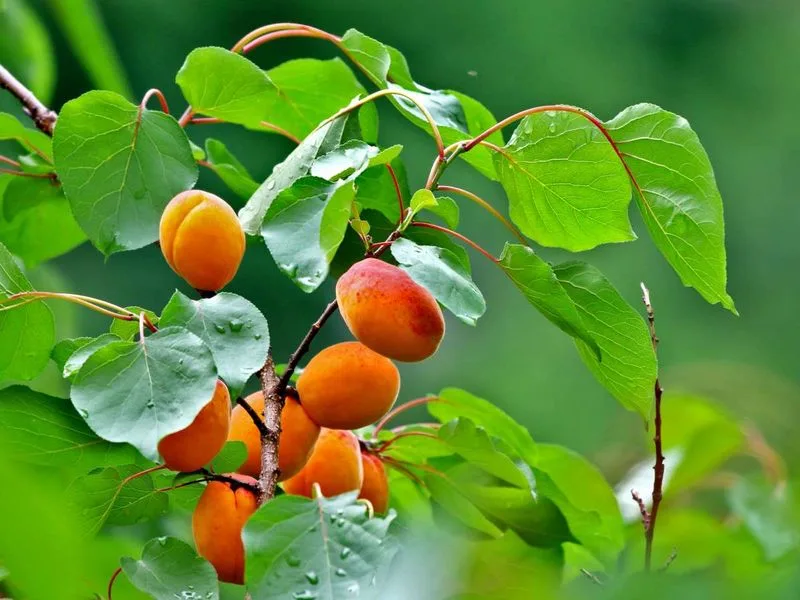
A burst of pink apricot blossoms against a clear blue sky heralds the arrival of spring. Blooming ahead of their leaves, these trees are a spectacle of nature’s timing. Their early flowers attract bees and other pollinators, ensuring a bountiful harvest later in the season. Did you know? Apricots have been cultivated since ancient times, prized for their sweet, juicy fruits. The early blooming not only signals the end of winter but also supports local wildlife. This alignment of floral beauty and ecological function makes the apricot tree a cherished addition to any garden.
Cherry Tree
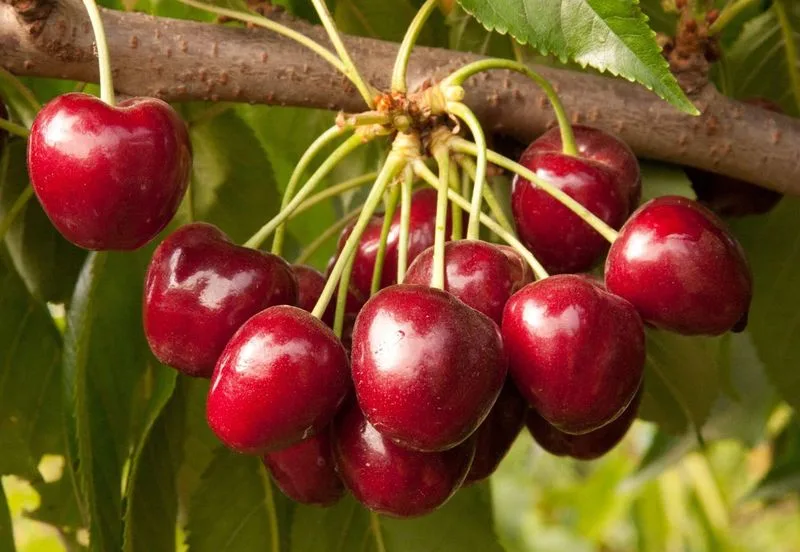
Cherry trees offer a delicate display of white blossoms, transforming gardens into magical places. Their flowers bloom before the leaves, creating a stunning monochrome effect. This early flowering is crucial for providing nectar to pollinators. It’s a cultural icon in Japan, where cherry blossom festivals celebrate the fleeting beauty of life. The cherry tree’s bloom is not just a visual delight; it’s an ecological boon that marks the start of spring. As the petals fall, they herald the awakening of a new season, leaving behind memories as vivid as the blossoms themselves.
Plum Tree
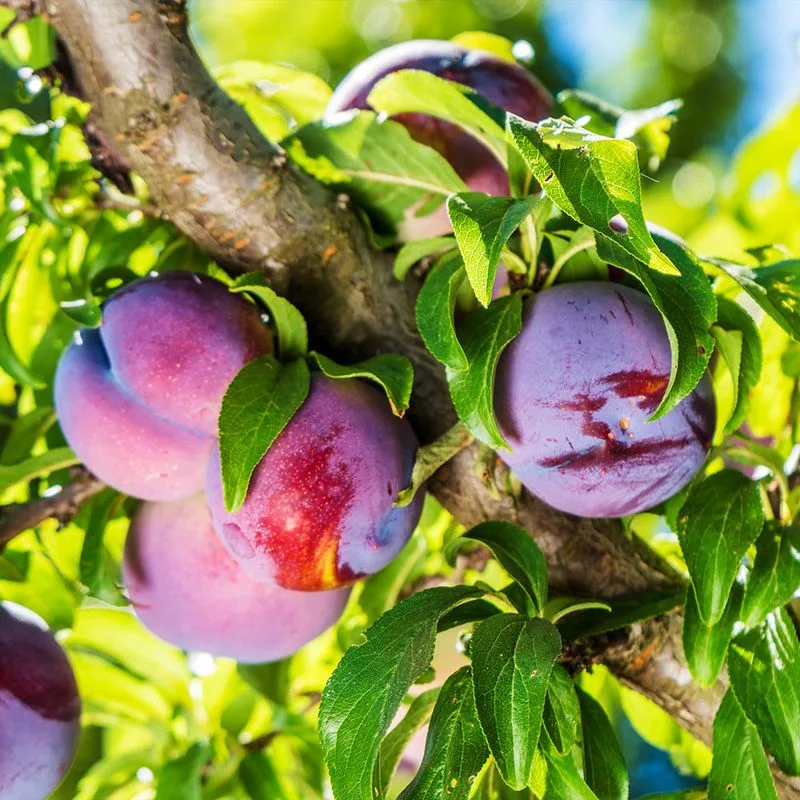
In the hush of a morning garden, plum trees adorn themselves with deep pink blossoms. These flowers appear before the leaves, painting a picturesque scene. Their early bloom brings essential pollinators to the garden, kickstarting the fruit production process. The plum’s rich history traces back to Chinese gardens, where it symbolized resilience and purity. Each year, these trees remind us of life’s cycles, as they bravely face late frosts with their colorful display. Beyond their beauty, plum trees are a vital part of the garden’s ecosystem, harmonizing beauty with function.
Peach Tree
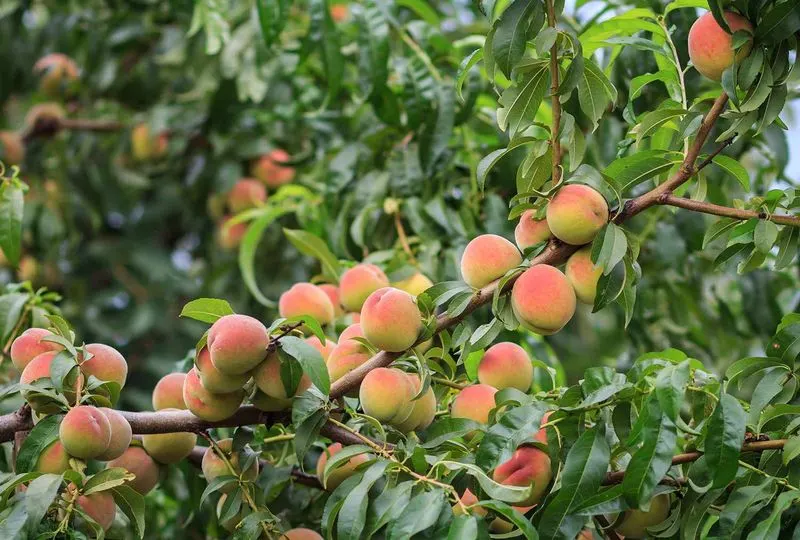
Soft pink peach blossoms create an orchard vista that speaks of renewal. Their flowers bloom first, setting the stage for leaves to follow. This sequence plays a vital role in attracting pollinators. Peaches have a storied past, originating in China over 2,000 years ago. Their early blossoms symbolize the promise of a fruitful summer. Each spring, peach trees remind us of nature’s gentle rhythm and the promise of sweet, juicy fruit. The delicate beauty of peach blossoms serves both aesthetic pleasure and practical purpose, bridging the gap between seasons.
Pear Tree
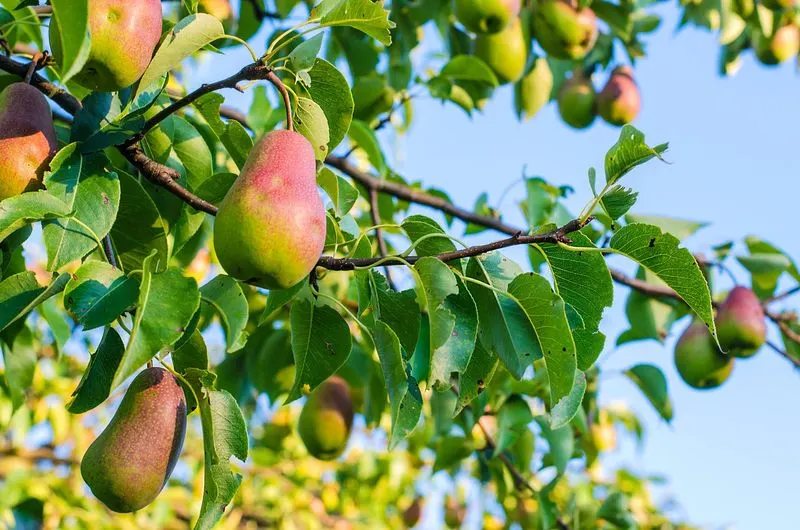
White pear blossoms are a countryside spectacle, arriving before the leaves to greet spring. This early floral display is a beacon for bees and butterflies. Pear trees, with their roots in antiquity, have been cultivated for centuries for their sweet, juicy fruits. The early bloom is not just a promise of a good harvest; it’s a crucial ecological event. These trees support pollinator populations, ensuring biodiversity in gardens and orchards. Each bloom is a whisper of history and future harvests, making pear trees a cornerstone in both gardens and culinary traditions.
Apple Tree
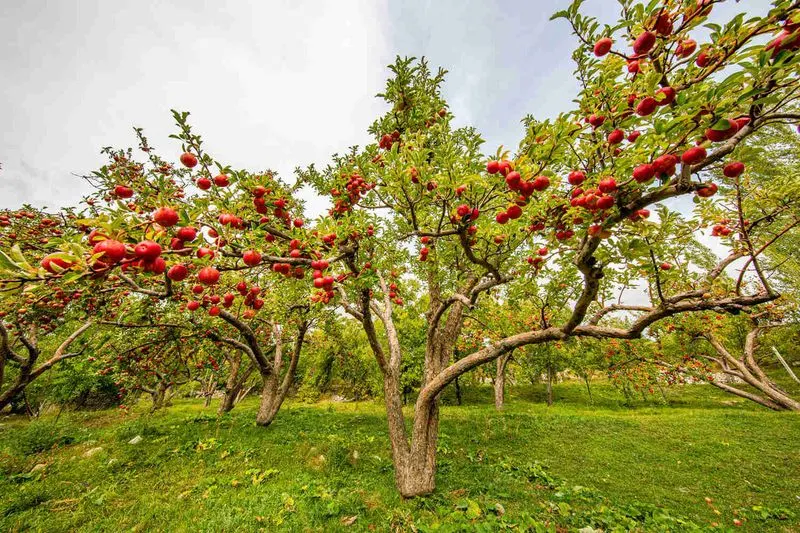
An apple tree in full bloom is a sight to behold, with pink and white blossoms preceding the leaves. This sequence draws pollinators needed for fruitful harvests. Historically, apple trees are linked to tales of temptation and discovery. The early bloom is a critical event for the ecosystem, supporting pollinators like bees and butterflies. Apples have become a staple in various cultures, symbolizing knowledge and prosperity. Each spring, the apple tree reminds us of nature’s intricate balance, as it prepares to offer its crisp, delightful bounty.
Almond Tree
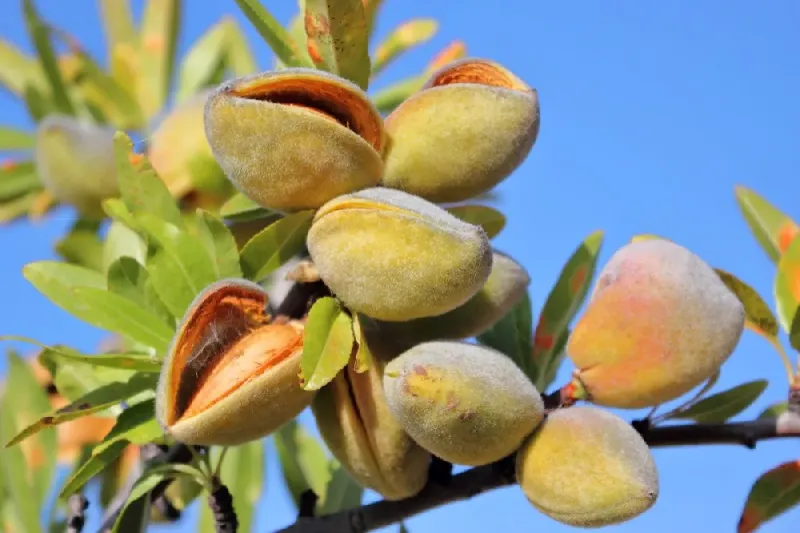
Almond trees, with their white blossoms, evoke the essence of early Mediterranean spring. These blooms precede the leaves, presenting a beautiful and vital display. Almonds have been part of human diets since ancient times, valued for their nutritional wealth. Early blooming ensures pollinators are welcomed, securing a future crop. The sight of almond blossoms against a clear sky is both a visual feast and a promise of the healthy nuts to come. This early blooming period supports local ecosystems, offering a natural spectacle that is both beautiful and beneficial.
Hawthorn Tree

In the heart of the countryside, hawthorn trees stand as sentinels of seasonal change. Their white blossoms appear before the leaves, offering a preview of spring. Historically, hawthorns have been associated with protection and hope. These blooms are crucial for pollinators and play a part in folklore across Europe. The early flowering not only enlivens landscapes but also supports biodiversity. Each hawthorn bloom is a promise of warmer days and flourishing life, a symbol of the interconnectedness between plants and their environments.
Quince Tree
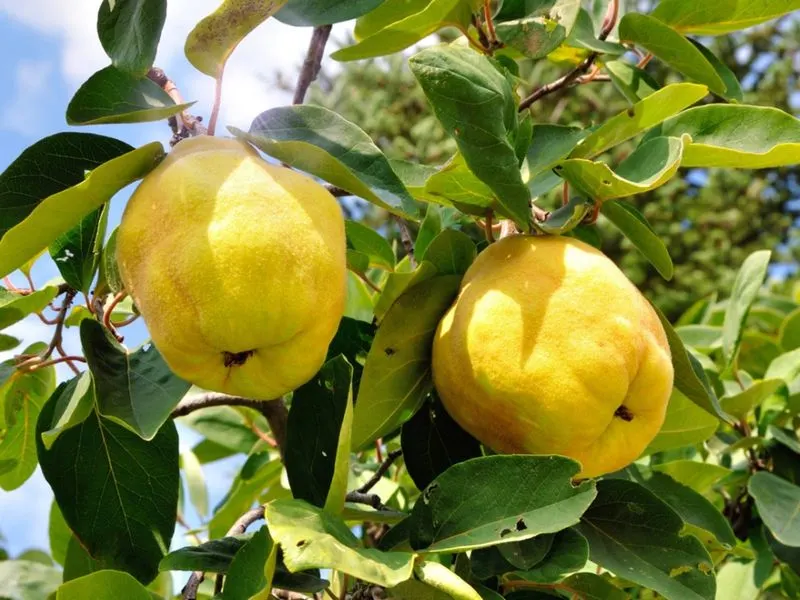
A touch of pale pink greets those who visit a quince tree in early bloom. These blossoms appear before the leaves, heralding a season of growth. Quince has a rich history, representing love and fertility in various cultures. The early flowering draws pollinators, which are vital for the tree’s fruit production. This timing ensures a robust harvest, weaving history, and nature together in a seamless tableau. The quince tree stands as a testament to the beauty of timing and tradition, a beacon of promise in any garden setting.
Pomegranate Tree
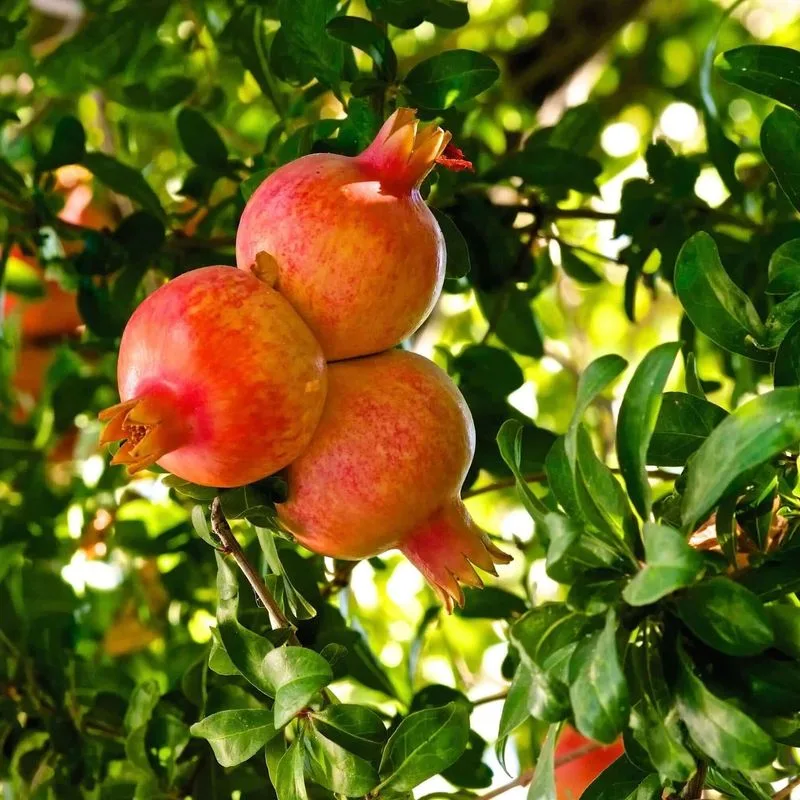
Vibrant red pomegranate blossoms catch the eye long before the leaves emerge, creating a striking contrast. These early flowers are integral to the tree’s fertility, as they’re a primary source for pollinators. Pomegranates have been symbols of life and fertility for millennia, their history intertwined with human culture. The early bloom ensures that the tree is well-prepared for the hot season ahead, making it a vital part of arid ecosystems. Each blossom is a reminder of resilience and abundance, offering both beauty and sustenance.
Fig Tree
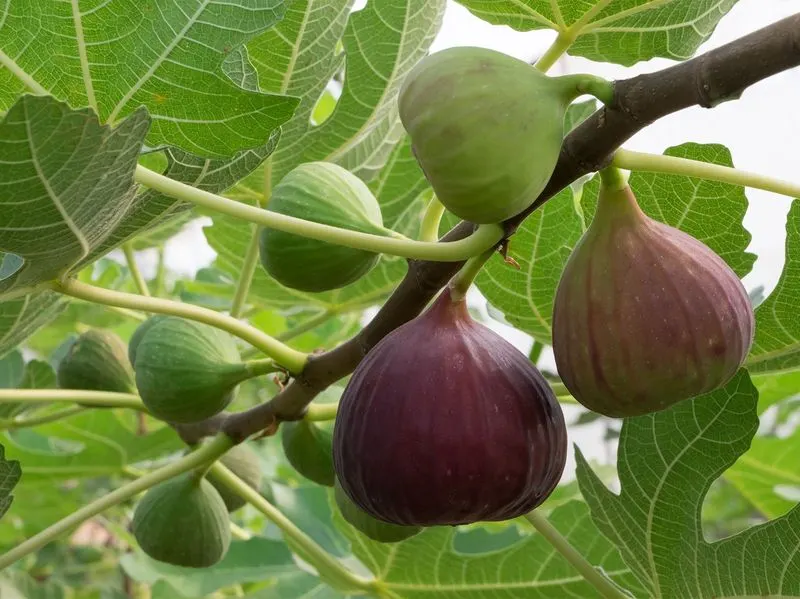
Early spring brings green fig blossoms, a unique sight before the leaves unfold. These are not typical flowers, but rather inflorescences that house future figs. The fig tree has ancient roots, prevalent in Mediterranean diets and cultures. Its early bloom supports wasp pollinators, creating a symbiotic relationship essential for fruit development. Each fig blossom is a promise of the lush, sweet fruits to come. Figs are a testament to nature’s ingenuity, offering sustenance and shade. Their early bloom is a quiet nod to the ancient rhythms of the natural world.
Mulberry Tree
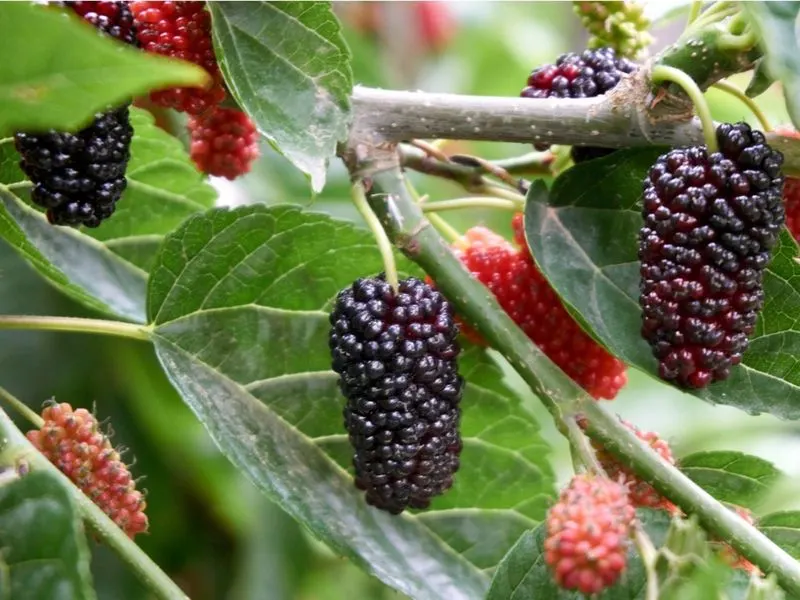
White mulberry blossoms grace the landscape before the leaves make their appearance. These early flowers are crucial for attracting the pollinators that will ensure fruit production. Mulberries have a long history, beloved for their sweet berries and silkworm associations. The early bloom signifies a readiness to support local wildlife, creating a harmonious ecosystem. Each blossom is a step towards the sweet, juicy berries that follow. Mulberry trees remind us of the delicate interplay between timing and nature’s bounty, a perennial favorite in gardens worldwide.
Crabapple Tree
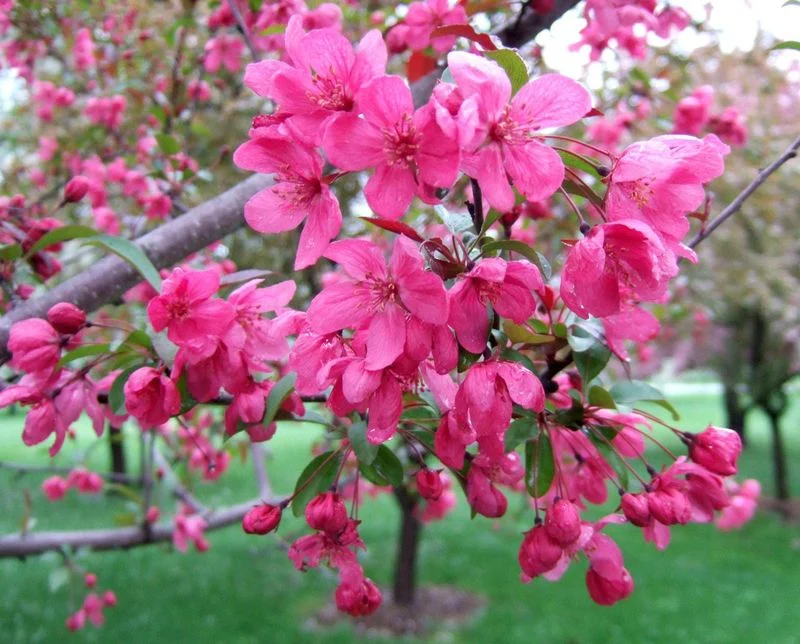
Bright pink crabapple blossoms bring a touch of whimsy to urban parks before the leaves appear. These blooms are not just decorative; they play a vital ecological role. Crabapples are closely related to the domestic apple, providing essential habitat and food for pollinators. Their early flowering period supports local ecosystems, ensuring genetic diversity. Each bloom is a colorful promise of the fruit to come, cherished by birds and humans alike. Crabapple trees remind us of nature’s resilience and the importance of ecological balance in urban spaces.
Serviceberry Tree
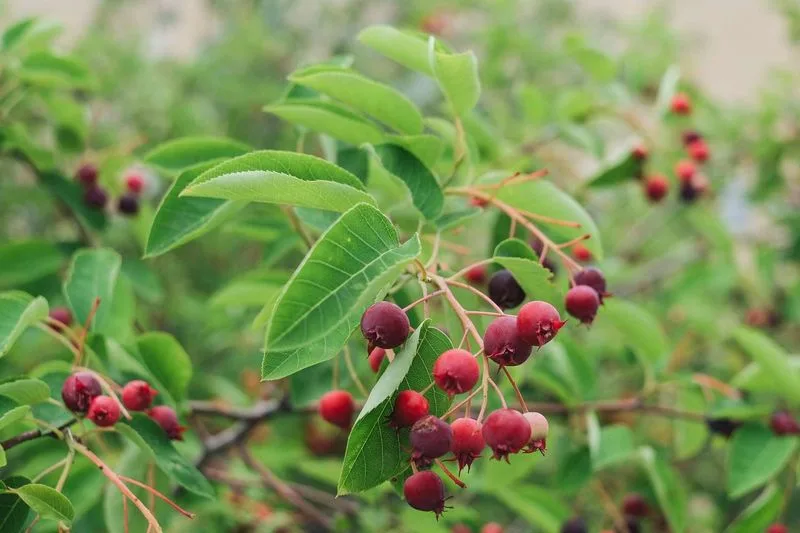
Serviceberry trees offer a delicate display of white blossoms at the forest’s edge before leaves unfurl. This early flowering supports pollinators emerging from winter. Serviceberries have deep roots in indigenous cultures, valued for their edible berries and medicinal uses. The early bloom is a vital part of the forest ecosystem, ensuring a healthy start for the growing season. Each flower is a nod to the interconnectedness of life, promising both beauty and bounty. Serviceberry trees are living bridges between past traditions and future possibilities.
Medlar Tree
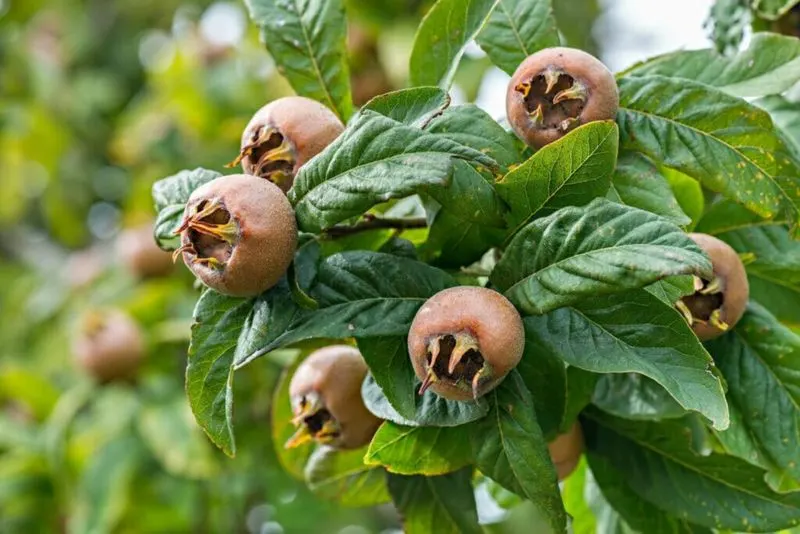
Pale yellow medlar blossoms grace historical gardens before leaves emerge, evoking a sense of antiquity. Medlars were once commonplace in European gardens, beloved for their unique fruits. The early bloom attracts pollinators, ensuring the development of these forgotten fruits. Each blossom is a step towards reviving a piece of horticultural history. The medlar tree stands as a unique blend of beauty and historical significance, offering a glimpse into the past with each flower. This early flowering is a gentle reminder of forgotten tastes and the value of biodiversity.
Elderberry Tree
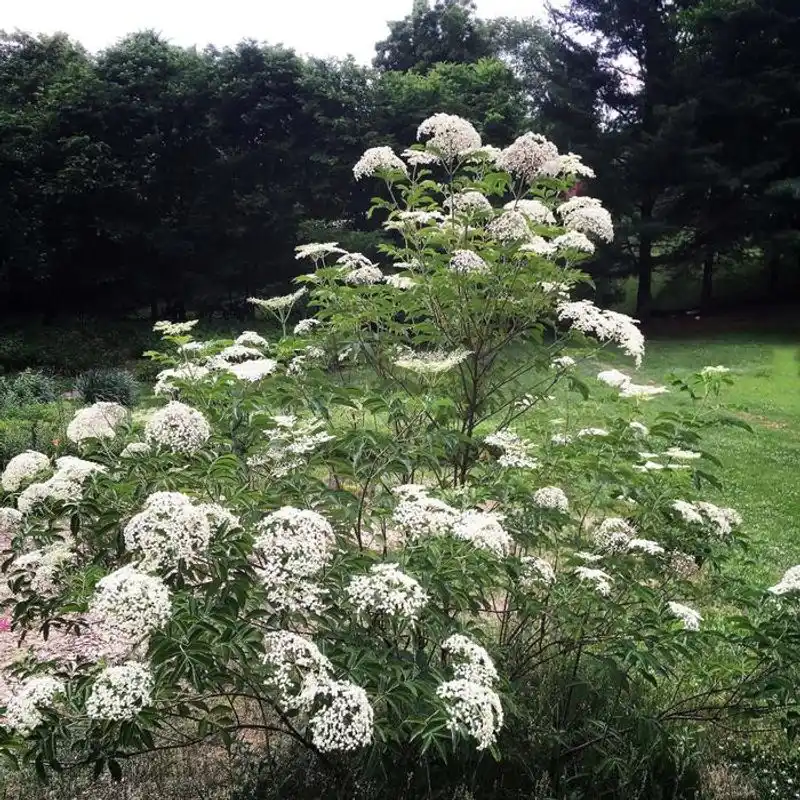
Tiny white elderberry blossoms appear in clusters at the woodland edge before leaves unfurl. These early flowers are essential for supporting bees and other pollinators. Elderberries have a storied past, used in traditional medicines and culinary delights. The early bloom ensures a robust berry harvest, making elderberry a vital part of forest ecosystems. Each blossom is a promise of sustenance and healing, bridging the gap between nature and tradition. Elderberry trees are a testament to the delicate balance of life and the cycles of growth and renewal.
Loquat Tree
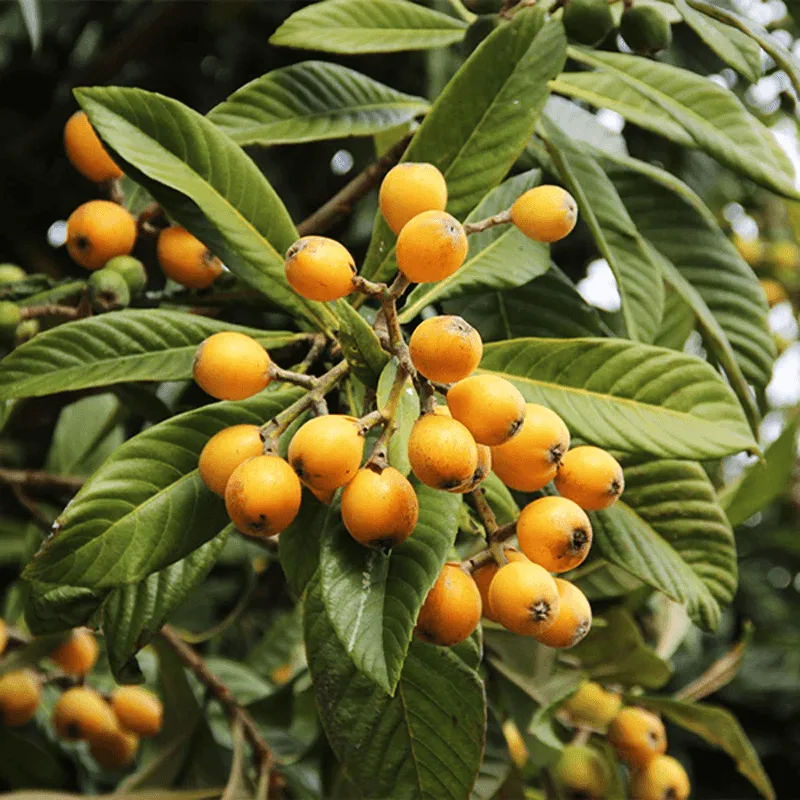
White clusters of loquat blossoms herald the advent of warmth before leaves unfurl in subtropical gardens. These early blooms are vital for attracting pollinators in a climate where timing is everything. Loquats have a rich cultural history, celebrated for their sweet, tangy fruits. The early flowering period sets the stage for a bountiful harvest, weaving a story of growth and abundance. Each blossom is a promise of juicy fruits, offering a taste of subtropical delight. Loquat trees stand as a symbol of adaptability and prosperity in diverse landscapes.

